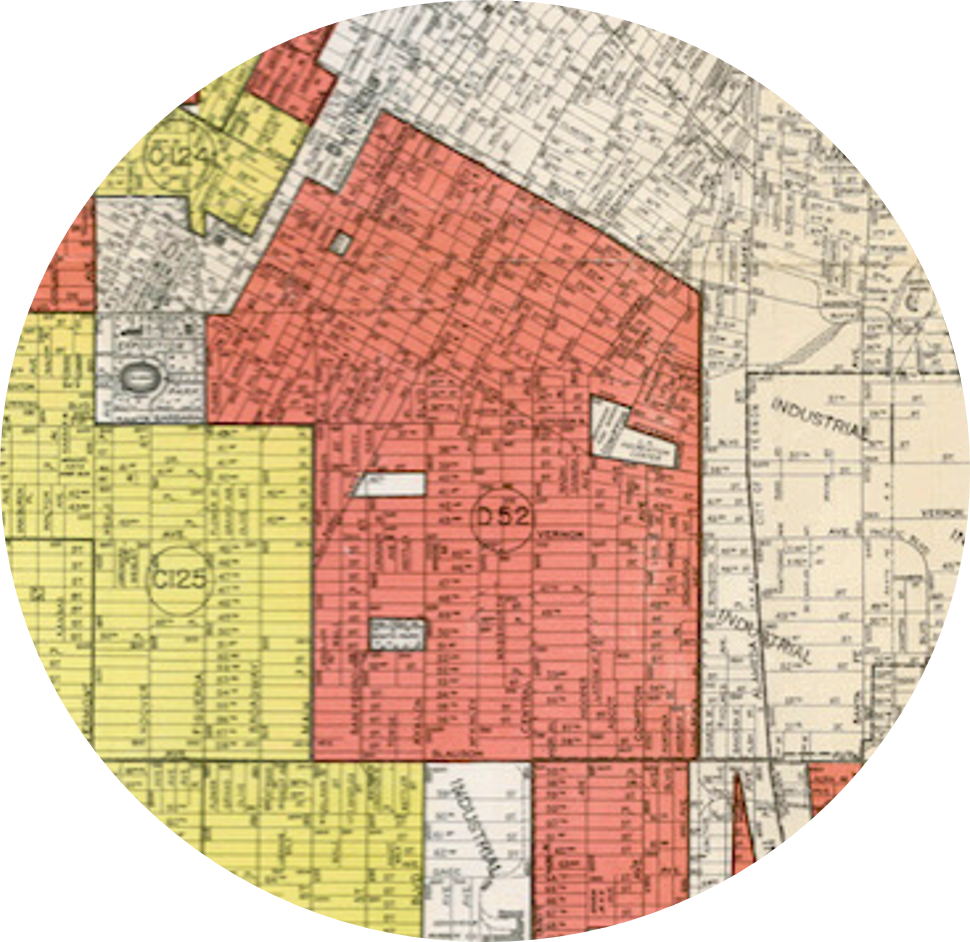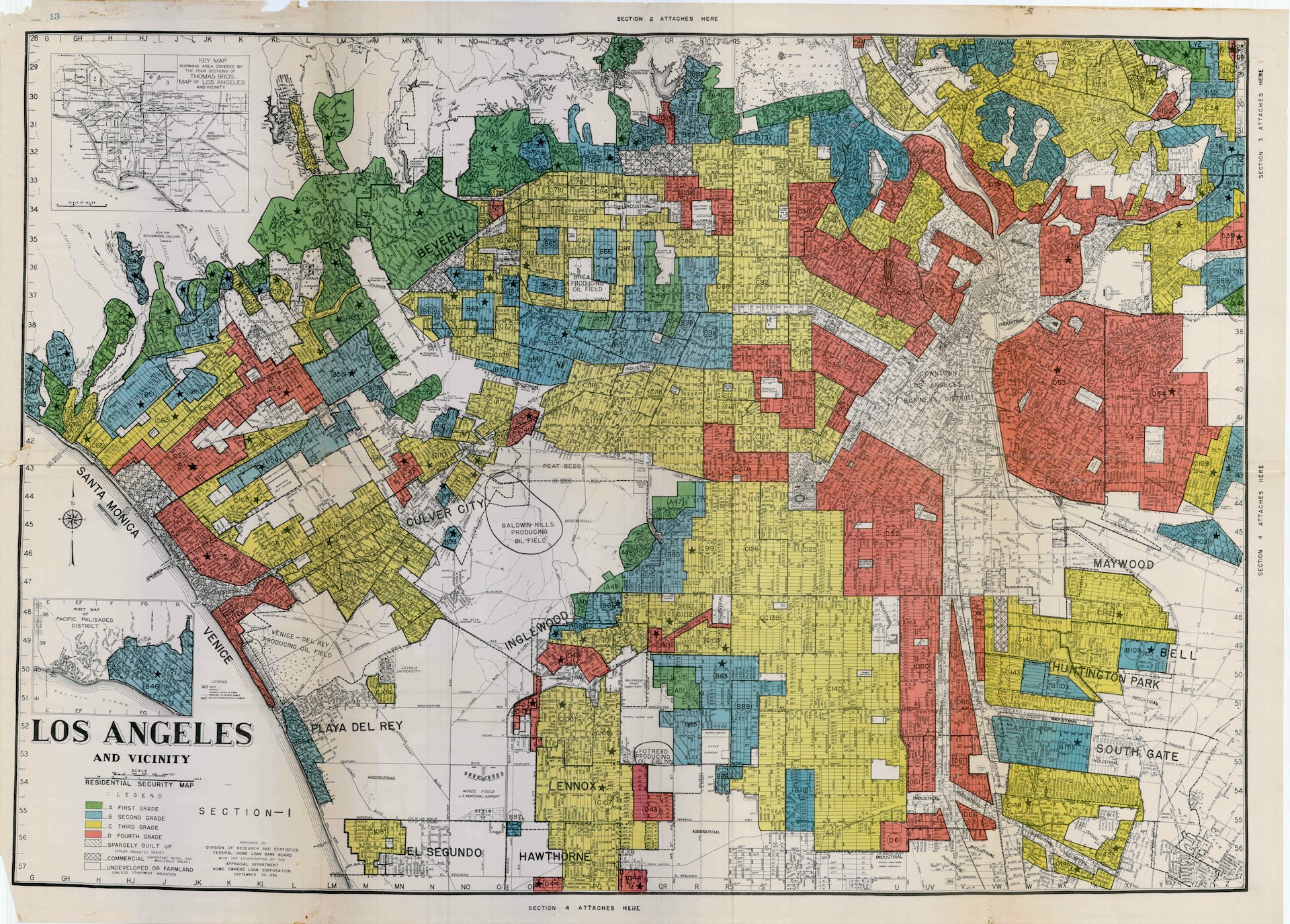Racial Equity

Racial Equity
In the United States of America, we live with the unfortunate, persistent reality that a person of color is more likely to live in poverty, be imprisoned, drop out of high school, be unemployed and experience poor health outcomes like diabetes, heart disease, depression and other potentially fatal diseases.
It is known that federal, state, and local governments gave rise to and reinforced racist policies – known as structural racism – that deliberately segregated neighborhoods in cities throughout America, dating back at least to the F.D.R. Administration.
Racial equity holds society to a higher standard. It demands that we pay attention not just to individual-level discrimination, but to overall social outcomes.
Innovative Projects
The Mapping Inequality project – a collaboration of scholars at Virginia Tech, Johns Hopkins, and the University of Maryland and directed by Robert K. Nelson and Brent Cebul of the University of Richmond – illustrates better than ever before the highly structured nature of housing discrimination in 20th-century America.
Undesign the Redline is an interactive exhibit connecting the intentional and systematic racial housing segregation of the 1930s to political and social issues of today, through the powerful narratives of the people and communities affected by redlining and its legacy. Find the exhibit near you (upcoming exhibits listed here).
Companies
Home Tours
Coming Soon
NOTEWORTHY MENTIONS
The Color of Law (2017 Book) – In this groundbreaking history of the modern American metropolis, Richard Rothstein, a leading authority on housing policy, explodes the myth that America’s cities came to be racially divided through de facto segregation—that is, through individual prejudices, income differences, or the actions of private institutions like banks and real estate agencies. Rather, The Color of Law incontrovertibly makes clear that it was de jure segregation—the laws and policy decisions passed by local, state, and federal governments—that actually promoted the discriminatory patterns that continue to this day. Rated as Publishers Weekly’s 10 Best Books of 2017, Longlisted for the National Book Award. More information here.









 NEXT
NEXT






